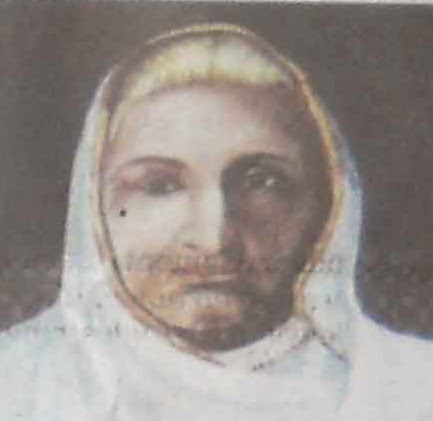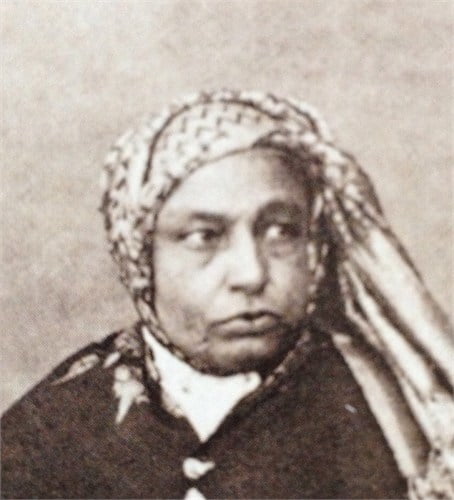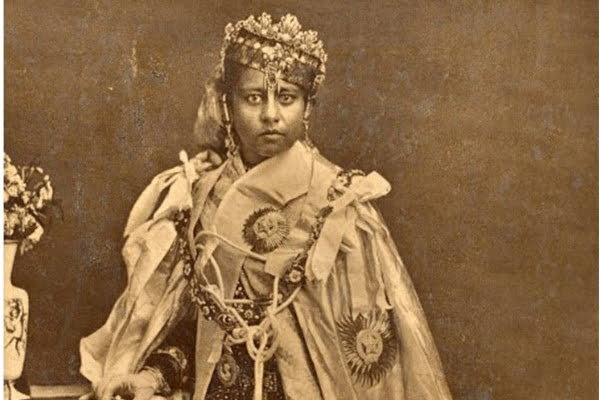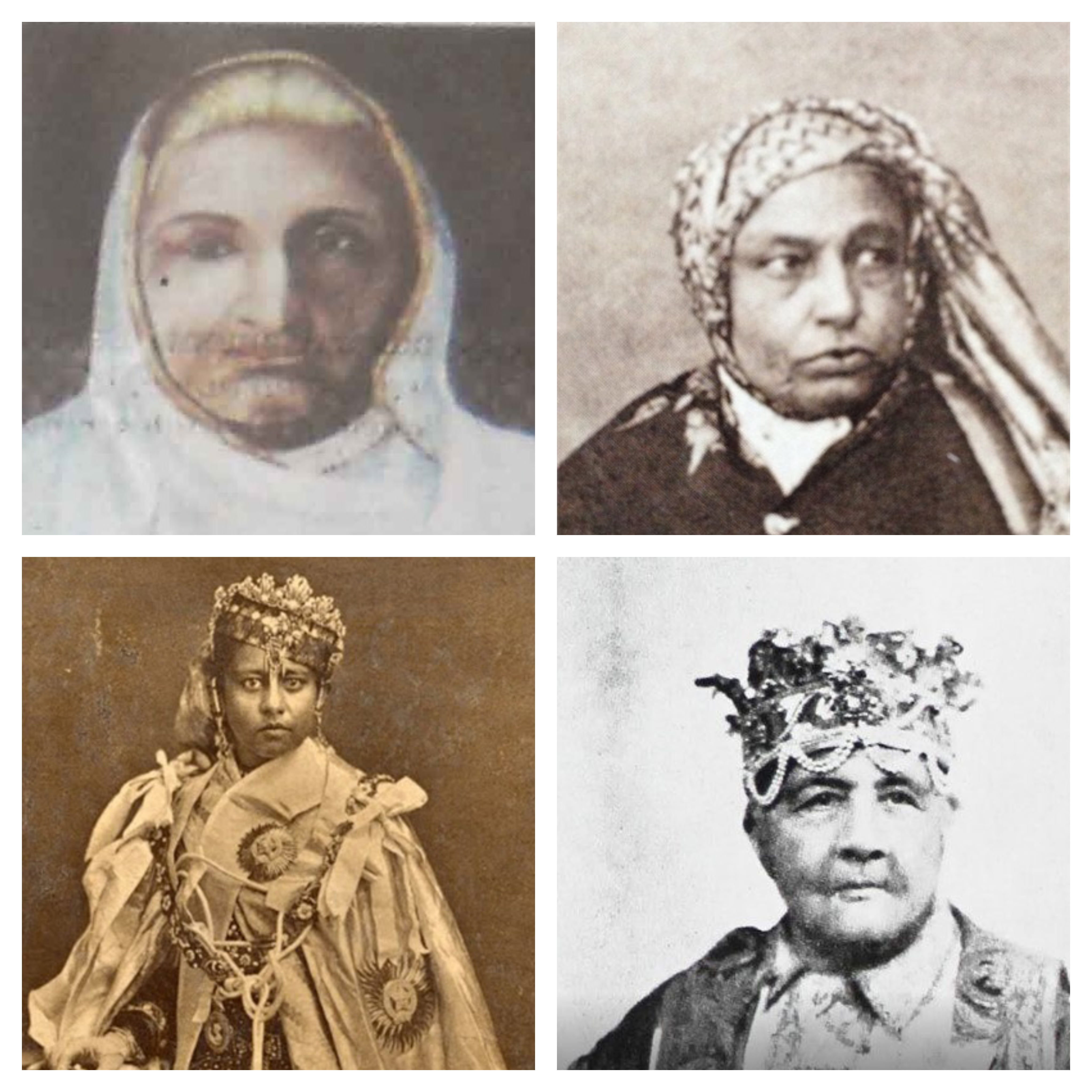In 19th century colonial India, a time when women were even more entrenched in the prejudices, chauvinism and norms of a male-dominated society than they are today, the Begums of Bhopal are inspirational figures who fought against those norms to create their own destiny.
Founded in 1707 by the Pashtun soldier Dost Muhammad Khan, the princely state of Bhopal had always been ruled by male Muslim rulers – the Nawabs of Bhopal – yet it has a long history of women at the forefront of its politics and public life. Dost Muhammad’s wife, Fatah Bibi, defended their estate in Bhopal against attacks from warring Rajputs and Marathas.
The wife of a later Nawab, Mamola Bai, effectively administered Bhopal for nearly 50 years. Even some of Bhopal’s royal women, such as Asmat Begum, Zeenat Begum and Moti Begum, played a vital role in the politics of the state. However, the rulers of Bhopal would likely have continued to be men if it wasn’t for the death of the young Nawab Nazar Muhammad Khan and the bravery of his then 18-year-old wife, Qudsia.
For almost 107 years (1819 to 1926), four extraordinary women ruled over the princely state of Bhopal, each establishing a prosperous reign in their respective period.
1. Qudsia Begum (1819-1837)

Qudsia’s reign began when she stood up in front of the congregation at her husband’s soyem (post-death ritual) and addressed the gathering by stating how the legacy of their family must be maintained, thus declaring her 15-month-old daughter Sikandar as the rightful heir. Qudsia was appointed as regent until her daughter was old enough, the assumption being that Sikandar would marry and her husband would become the Nawab of Bhopal.
Qudsia’s speech, coupled with the fact that she took off her veil before making it, was an act of agency that was unprecedented for Muslim women of that time. As Shaharyar M. Khan says in his account of the Begums of Bhopal, “Qudsia’s address to the family is one of the most poignant moments in Bhopal’s history. A girl not yet 20, brought up traditionally in purdah, had dared to take the congregation of elders, rival family contenders and senior state officials by the scruff of their necks”.
Qudsia took many clever steps to guarantee her position: she made deals with her rivals for power, approached a British agent to legitimize her status and garnered support from religious authorities to combat the widely held belief by Muslims that women could not rule. The state Qazi (judge) and Mufti (jurisconsult) signed a document acknowledging women’s right to political power.
Qudsia Begum was the first woman in South Asia to successfully assert the right of Muslim women to legally be the ruler of a state. Being a devout Muslim herself, Qudsia showed that Islam does not exclude women from gaining political power. She commanded the army and would be at the forefront of battles.
2. Sikandar Begum (1847-1868)

Sikandar Begum ruled as regent for the first 13 years of her reign, standing in for her nine-year-old daughter Shahjehan and then as a fully-fledged ruler for the last eight years. Her reign began after the death of her husband, Nawab Jahangir Muhammad Khan Bahadur, who was able to rule for six years. It appears as if fate was on the side of the Begums as Sikandar brought Bhopal’s rule in the hands of women once again.
Since childhood, Sikandar had been raised in a way so that she could survive being a woman of power in a man’s world. She was trained in martial arts and, like her mother, never observed purdah as she believed it was a voluntary act. Before her reign, she had already suffered at the hands of men, with her husband having planned a murderous plot against her. As a ruler, she was a wise and tough woman.
Sikandar set out to prove she was just as capable as any male ruler by aggressively asserting her presence in public life. She played polo, went hunting and was a swordswoman, archer and lancer as well. She would personally go to villages to look over the welfare of people and the state of her agrarian reforms.
She also commanded the army and would inspect district offices, the courts and the treasury herself to make sure that the state was running smoothly. Moreover, Sikandar founded the Victoria School so that girls in Bhopal would receive technical training in trades such as handicrafts and acquire knowledge on basic academic subjects.
Also Read: Begum Hazrat Mahal – Courtesan, Queen And Military Leader | #IndianWomenInHistory
3. Shahjehan Begum (1868-1901)

17 days after her mother Sikandar Begum’s death, Shahjehan became the next Begum of Bhopal and her then ten-year-old daughter, Sultan Jahan, became the heir. This was considered a surprising move as Shahjehan was 30 and could still produce male heirs in the future.
However, Sikandar had secured a promise from the British government to have her granddaughter’s right to be a ruler protected. According to Shaharyar M. Khan, the British wanted to keep the Bhopal dynasty within Dost Muhammad Khan’s lineage.
Unlike her mother and grandmother, Shahjehan was distinctly feminine. She did not train in traditionally masculine arts as a fighter or hunter and instead, wanted to be a poetess. She encouraged the development of the arts in Bhopal and under her rule, the state became a cultural and literary centre. She even patronized a number of female poets and tasked a male poet in her court to form an anthology comprising the writings of female poets.
Like her mother, however, Shahjehan was a strong administrator as well. She improved the tax system, built many palaces, mosques and monuments and made notable contributions to housing, education, health, technology and women’s upliftment. Although her eventual marriage to Syed Siddiq Hassan led Shahjehan to retreat behind her husband’s decisions, her contributions cannot be disregarded.
Shahjehan also wrote a reformist manual for women titled Tahzib un-Niswan wa Tarbiyat ul-Insan (The Reform of Women and the Cultivation of Humanity). It is considered the first women’s encyclopedia in India and contained topics on women’s work and their status in Islam.
In this regard, it is similar to Ashraf Ali Thanawi’s reformist women’s manual Bihishti Zewar. Unlike Thanawi’s writing, however, Shahjehan’s manual did not focus on women’s subordination but tried to teach them control over their own lives.
Also read: 6 Indian Queens Who Fought Colonialism
4. Sultan Jahan Begum (1901-1926)

At 43-years-old, Sultan Jahan was the oldest Begum of Bhopal. Her years as the heir were spent in immense difficulty due to the tension between her and her mother. By the time of her reign, the court was divided in loyalty between Sultan Jahan and her mother. Even during such a time, Sultan Jahan was able to establish a successful administration under her rule.
Inspired by her predecessors, Sultan Jahan became a reformer and established many educational institutions, focusing on public instruction and female education. She is the founding and (till today) only female chancellor of Aligarh Muslim University. Apart from education, she also reformed taxation, the police, the army, the judiciary, agriculture, health and sanitation. In 1914, she became the president of the All-India Muslim Ladies’ Association.
The legacy of her 25-year rule entailed a cosmopolitan court and a largely merit-based bureaucracy. She was a smart negotiator with the British government, ensuring her family’s interests.
The reign of the Begums of Bhopal ended when Sultan Jahan’s son took the crown. However, their dynasty is memorable for their achievements as women, particularly Muslim women in colonial India, and inspirational for women today as we continue to struggle in a male-dominated world.
References
Also read in Hindi: भोपाल की इन 4 बेगमों ने जब सँभाली रियासत की बागडोर
About the author(s)
A feminist Muslim, passionate writer and self-professed geek hailing from Karachi, Pakistan. Forever on the lookout for feminist-oriented fiction.





Begins of Bhopal – it was an honour to read about you.